Nestled in Northwest Las Vegas against a stunning desert backdrop, the Rita Deanin Abbey Art Museum opened its doors to the public in 2022, showcasing approximately 250 works by the multidisciplinary artist Rita Deanin Abbey (1930–2021). From towering sculptures to stained glass, paintings, drawings, enamels, and even intricately designed entrance doors, the museum is a testament to the extraordinary talent of an artist who dedicated her life to creative expression. Abbey, a professor emeritus of art at the University of Nevada, Las Vegas, was posthumously honored in April 2024 when she was inducted into the UNLV College of Fine Arts Hall of Fame alongside Las Vegas icons David Copperfield and Shecky Greene.
Abbey was deeply inspired by the desert and the forces of nature, but that is just one aspect of her passionately creative world and wide-ranging explorations. The museum takes the viewer on an engaging journey through her ever-developing artistic life.
LARRY’S LIST had the pleasure to speak with executive museum director Laura Sanders. She described how people in any endeavor can get inspired from Rita Deanin Abbey’s art, the advantages and challenges in managing a single-artist private museum, as well as the special upcoming programs in 2025—from eco-conscious gardening talks to healing sound baths and beyond.
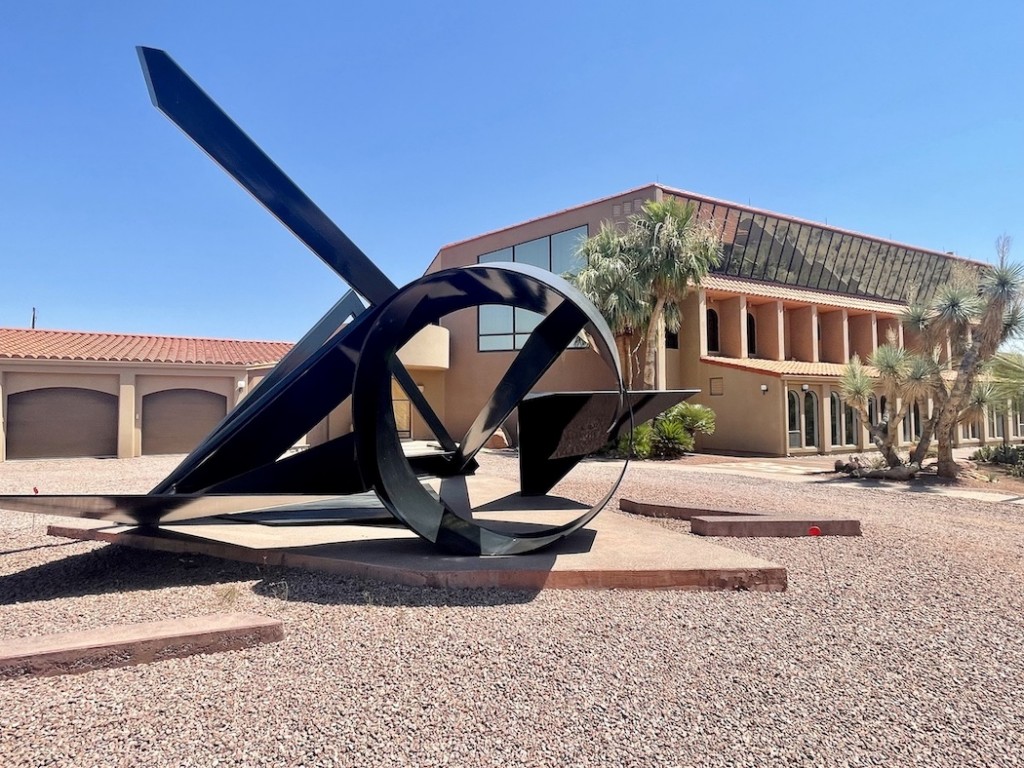
Background
Who is Rita Deanin Abbey?
Rita Deanin Abbey was a child of the Great Depression, born to Jewish immigrants who came through Ellis Island to America, seeking a new beginning far from the persecutions of Eastern Europe.
Rita began making art as a child, attended public schools in New Jersey, and went on to study at Goddard College in Vermont and at the University of New Mexico, where she earned a Master of Arts degree. In the summers of 1952 and 1954, she also studied with Hans Hofmann, the great abstract expressionist painter, at his School of Fine Art in Provincetown, Massachusetts—a stimulus to invent, imagine, speculate, improvise, to find the unexpected.
At the University of New Mexico, she met Edward Abbey, the writer and champion of freedom and wilderness, and they married in 1952. Rita journeyed and lived for years in remote areas of the scenic Southwest. In the sublime nature of the desert, she found her muse. Some of her work explored merging the female form with the landscape—a visual metaphor for her spiritual nature and her physical reality.
Divorcing Edward Abbey in 1965, she moved to Las Vegas, Nevada, where she raised her two young sons as a single mother while serving as a professor of art at the University of Nevada. She retired from teaching in 1987, allowing her to focus exclusively on creating art.
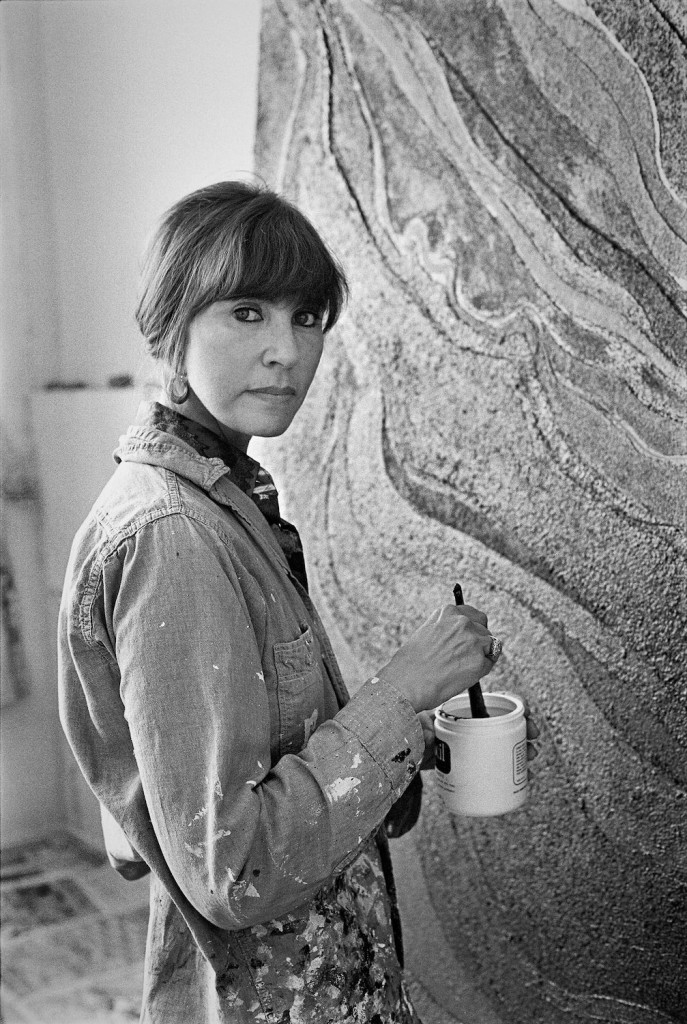
What is the motivation behind opening the Rita Deanin Abbey Art Museum?
Though hugely prolific, Abbey was generally reluctant to spend time promoting herself, preferring to spend her time on creating art. Our motivation is to bring her world-class talent to the world, to give her art the greater attention it so richly deserves. The museum showcases Abbey’s diverse work over a career spanning 60 years, ranging from abstract expressionist paintings and figure drawings to enamels, landscapes, stained glass, murals, abstract sculptures, and more. She explored a broad range of materials, techniques, styles, and themes, creating artworks that vary from small delicate pieces to the multi-ton steel sculptures on view in the sculpture garden, all with unflagging levels of skill and inspiration. Her intensity and dedication, her willingness to challenge herself and to explore, her insights into the natural world and its relation to her art, her mastery of color and form—all these things and more have the power to inspire everyone: from the casual visitor to the curious young student to the most experienced art-world professionals. Abbey’s legacy is a profound gift to Southern Nevada and to the world.
Our single-artist museum focuses on preserving and promoting her life’s work while maintaining her studio, library, archives, and biographical information. This distinct emphasis enables the museum to act as a gateway to understanding the dynamic nature of the creative process, serving as a laboratory for examining history through the perspective of an individual’s life work.
The Robert Rock Belliveau and Rita Deanin Abbey Foundation established the museum, collaborating with numerous professionals, including Katherine Plake Hough, a distinguished curator with 50 years of experience in the museum field.
Why was this location chosen for the museum?
In the mid-1980s, Abbey and her second husband, Dr. Robert Belliveau, designed and built a home and artist’s studio on this 10-acre site in northwest Las Vegas. They later added art and archive storage areas, a library, offices, a gallery to showcase the artwork, and a sculpture garden. In the late 2010s, they undertook the construction of an additional 10,500-square-foot building to provide numerous exhibition spaces. Now the whole campus, in its stunning desert setting, is a fitting museum for Abbey’s work and life and her legacy of beauty, boldness, courage, and imagination.
What is the mission of the museum? What are the ways to achieve this mission?
Mission: The Rita Deanin Abbey Art Museum (RDAAM) preserves, presents, and advances the artistic legacy of Rita Deanin Abbey through exhibitions, programs, and events.
Vision: The RDAAM is a Las Vegas destination museum that is locally relevant and internationally significant.
Value: The RDAAM seeks to provide inspirational experiences for all visitors. We strive to make meaningful connections with audiences that celebrate the art and life of the artist.
The RDAAM can implement the following strategies to achieve its mission:
Curated Exhibitions: Develop and showcase exhibitions highlighting key works and themes related to Abbey’s artistic legacy, ensuring they are compelling and educational for visitors.
Engaging Programs: Offer diverse programs, including workshops, lectures, and interactive experiences, that deepen understanding and appreciation of Abbey’s contributions to art.
Community Events: Host events that celebrate the work of Rita Deanin Abbey and connect with the local community, fostering a sense of belonging and involvement in the museum’s mission.
Collaborations: Partner with local artists, organizations, and educational institutions to enhance the offerings and extend outreach.
Interactive Experiences: Create immersive installations and experiences that invite visitors to engage with the artist’s art and life on a personal level, making connections that resonate with them. By focusing on these approaches, the RDAAM can effectively fulfill its mission and create a vibrant, engaging environment for all visitors.
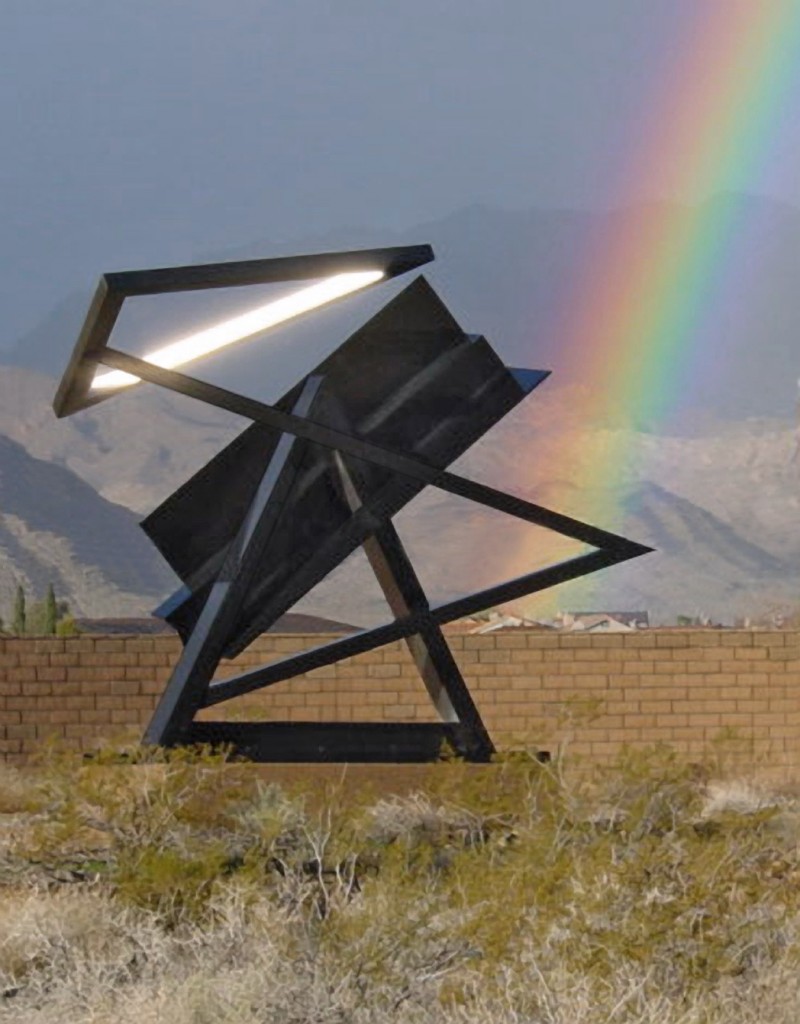
The collection
What should we know about Rita Deanin Abbey’s art practice?
Abbey spent many years as a teacher and single mother, but nevertheless she was an artist her entire adult life. Her energy, dedication, resourcefulness, inquisitiveness, and amazing productivity characterize her career in art. She had over 50 solo exhibitions and participated in over 150 national and international group exhibitions. She worked without assistants, creating by herself the 10-foot-tall paintings, hammering the textures into the metal for her enamels, welding metal models of sculptures, carving wood with chisels and mallet, painstakingly selecting the glass from international vendors for her stained glass windows. When the larger works required heavy-duty equipment, she remained hands-on, visiting the foundry or fabricator every step of the way, fully participating in the process.
The inspiration that she drew from nature interacted deeply with her creative process. Influenced by geological formations, the wildlife, the ever-changing atmosphere with its clouds, rains, storms, and flash floods, she evoked the spirit of the desert in many of her abstract compositions. Her focus on detail, contrast, and unity reflects her impressions of the environment in her artwork.
The sensitive bond with nature, her inner spiritual life, her love for her friends and family, and her generous care for her students and community are among her hallmarks, interacting in their unknown ways with her relentless passion for creating art.
Why is it significant to show her work? How can her practice inspire artists and the public?
Throughout her six-decade career, Abbey consistently managed multiple projects simultaneously, extensively experimenting with various materials and techniques. Her approach was intuitive; the images she was creating developed organically, tapping into her unconscious and subconscious knowledge to explore origins and roots in nature and within herself. She became the medium through which images emerge for both her and for us.
The Rita Deanin Abbey Art Museum showcases an ongoing dialogue between past and present works, while reflecting astonishing variety and the continuing exploration of new territory throughout the artist’s career. From her grounding in Abstract Expressionism, her own abstract art developed in many directions, but maintained the deep involvement with color, movement, form, balance, forces of energy, and the interplay of both organic and geometric non-objective elements of composition.
Her industriousness and curiosity, her willingness to take risks, the way she invites us to expand our perceptions and see in new ways, her astonishing range – these things are an inspiration not only to other artists but to anyone in any endeavor.
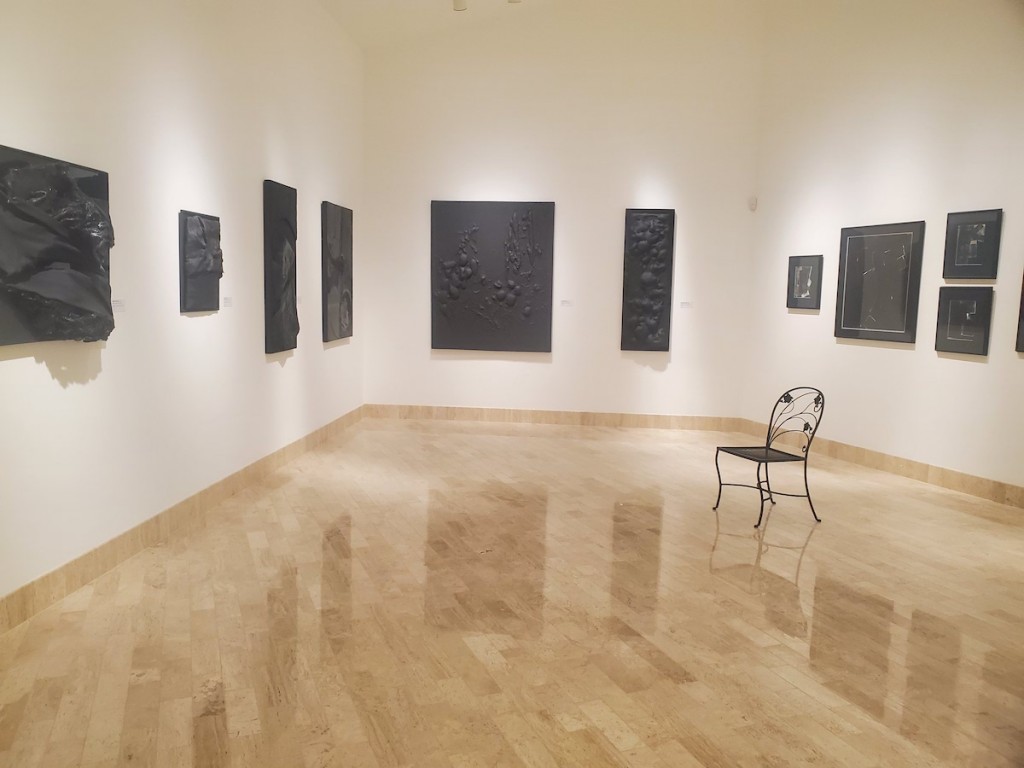
How many artworks are in the collection? How many of them are currently on display in the museum?
The permanent collection includes over 2,500 individual artworks (not including Abbey’s sketchbooks.) The museum features 250 artworks on view, including six steel sculptures in the outdoor sculpture garden.
How do you decide what from your collection to show in the museum?
Criteria for the museum began when architectural construction plans were drawn for the new building. Katherine Plake Hough was asked to serve as curator to select artworks installed in the new exhibition galleries. Working alongside Abbey, Hough reviewed the artist’s life’s work and determined how the works would be arranged in the new galleries. Because most of Abbey’s artistic practice involved working on related works in a series, they created individual galleries that could present a selection of works from within a given series.
Viewing the different series may reveal parallels and similarities despite their varying dates, media, and formats. Abbey experimented with an extraordinary range of styles and materials in a historically unique way. She sometimes would borrow ideas from her past, unselfconsciously recalling and re-examining concepts she explored briefly, perhaps fifteen or twenty years earlier. She revisits an idea and explores it again, almost as if no time had passed, but she then discovers new relationships and potentialities. The artist also found it helpful to “raid” her work: different formats or media often serve as resources or reservoirs of inspiration for each other. At the same time, however, a new medium would present its own unique possibilities, allowing for brand new discoveries and new directions. Showing the artist’s range of imagination is one of the curator’s goals.
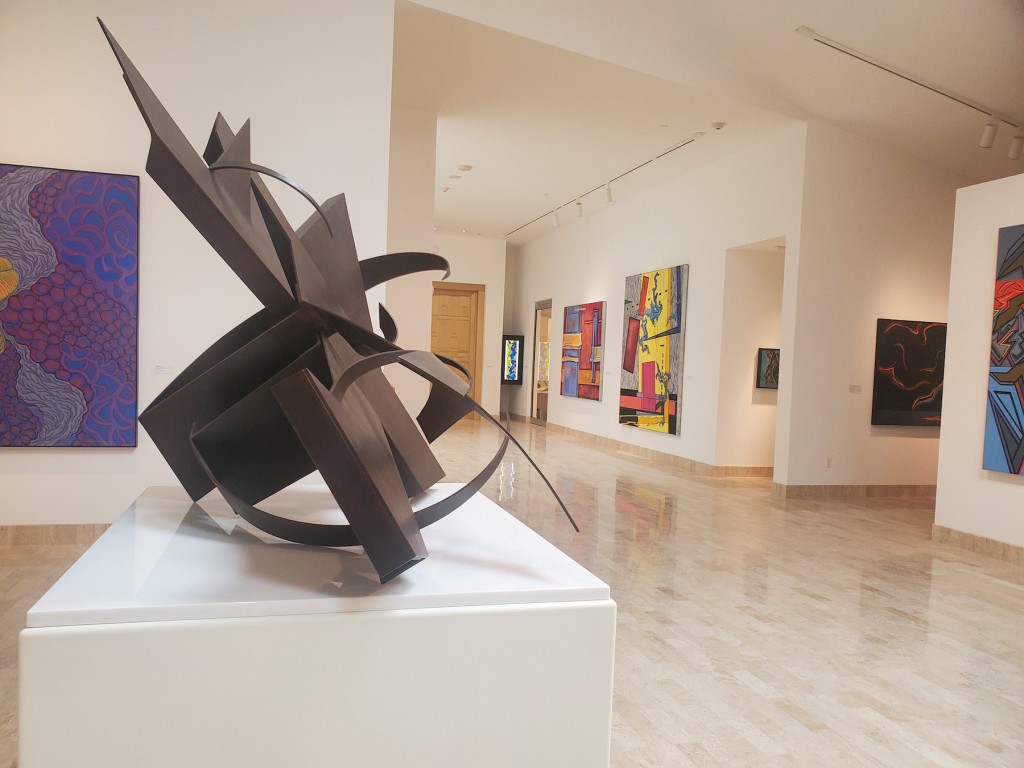
The programming
How does it work in the programming as well as the curating of exhibitions in the museum?
The museum strives to create transformative experiences that expand the viewer’s understanding of Abbey’s life and artworks through educational programs that share compelling stories about Abbey’s life, relevance, and impact. We want to connect visitors to Abbey’s art in ways that change perceptions and offer new experiences. We encourage looking at artworks in new ways through engaging (small group) encounters within the galleries, such as gallery tours, salon discussions, poetry readings (including new original poems directly inspired by Abbey’s art), spotlight talks, and music combos partnered with artworks.
We want to create experiences that expand our understanding of ourselves through the transformative power of art, ranging from the spiritual to the natural desert environment.
We recently changed out one of our exhibit spaces and are now displaying a new suite of works by Abbey. Visitors may expect such periodic turnover and come back to discover previously unseen works.
How is the programming in 2025? What are the special upcoming programs that we should not miss out?
In 2025, the Rita Deanin Abbey Art Museum’s programming will present an exciting and dynamic season. The museum will showcase exhibitions from its permanent collection and immersive events designed to engage a wide audience, including seasoned art enthusiasts and first-time visitors.
You won’t want to miss our diverse live performances, featuring concerts ranging from classical to folk and strings to woodwinds. The museum is an excellent venue for showcasing both visual and auditory experiences! We expect more theater, poetry, and spoken word performances in the upcoming months.
We will continue and expand our meditation and movement series with a variety of healing sound baths as well as yoga for all ages and levels.
The museum provides free admission on the first Saturday of every month. We are expanding our family-friendly programs to bring art and creativity to visitors of all ages.
We will also expand our lecture series. Check back this spring for eco-conscious gardening talks in tribute to Rita’s love and reverence for nature and our unique desert environment.
Whether you’re a first-time visitor or a regular, 2025 promises to be an unforgettable year at the Rita Deanin Abbey Art Museum, blending historical mastery with contemporary innovation and interactive experiences, you won’t want to miss these captivating events.

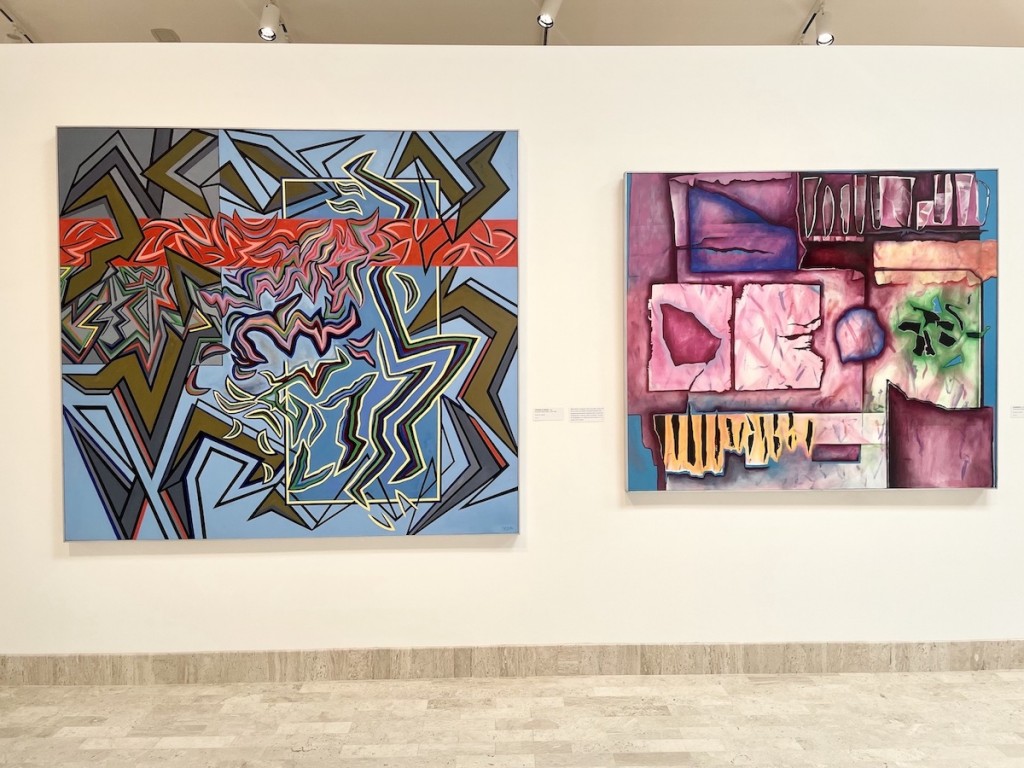
Challenges and visions
The museum is the only single-artist museum in Las Vegas. What are the advantages and challenges in managing such a museum?
Managing a single-artist museum in Las Vegas has both advantages and challenges. One major advantage is the clarity of purpose, which allows for a cohesive narrative that deeply engages visitors with the artist’s work. This focus is on advancing Abbey’s artistic legacy through exhibitions, programs, and events to create a dedicated following and enhance patron loyalty.
The museum campus is located on a scenic 10-acre desert in the northwest region of Las Vegas, far from The Strip, which attracts visitors from around the world.
However, significant challenges exist as well. The museum must refresh its exhibitions and programming to maintain engagement, and economic fluctuations can impact attendance. Promoting, preserving, and accurately representing the artist’s works requires careful attention and resources.
While the single-artist museum model offers opportunities for profound visitor experiences, it also demands strategic management to ensure sustainability and relevance in the evolving art landscape.
What was the most memorable moment since the private museum was set up?
After twenty-two years of teaching at the University of Nevada, Las Vegas, Abbey became an emeritus professor of art in 1987. In April 2024, she was posthumously inducted into the UNLV College of Fine Arts Hall of Fame. (Her earlier awards include the Bicentennial Commission for the State of Nevada, 1976; the Governor’s Seventh Annual Visual Arts Award for the State of Nevada, 1986; and the Chairman’s Award of Excellence at the 1987 International Exhibition of Enamelling Art, Ueno Royal Museum, Tokyo, Japan. In March 2008, Women’s History Month, Abbey was recognized for her contributions to the Arts by Mayor Oscar Goodman and the Las Vegas City Council.)
Her accomplishments as an innovative artist and dedicated teacher are evident in her impressive body of work and the lasting respect she earned from her students. She shared the joys of art and emphasized the hard work and discipline required for personal creativity. Abbey generously offered her time and expertise, inspiring hundreds of students.
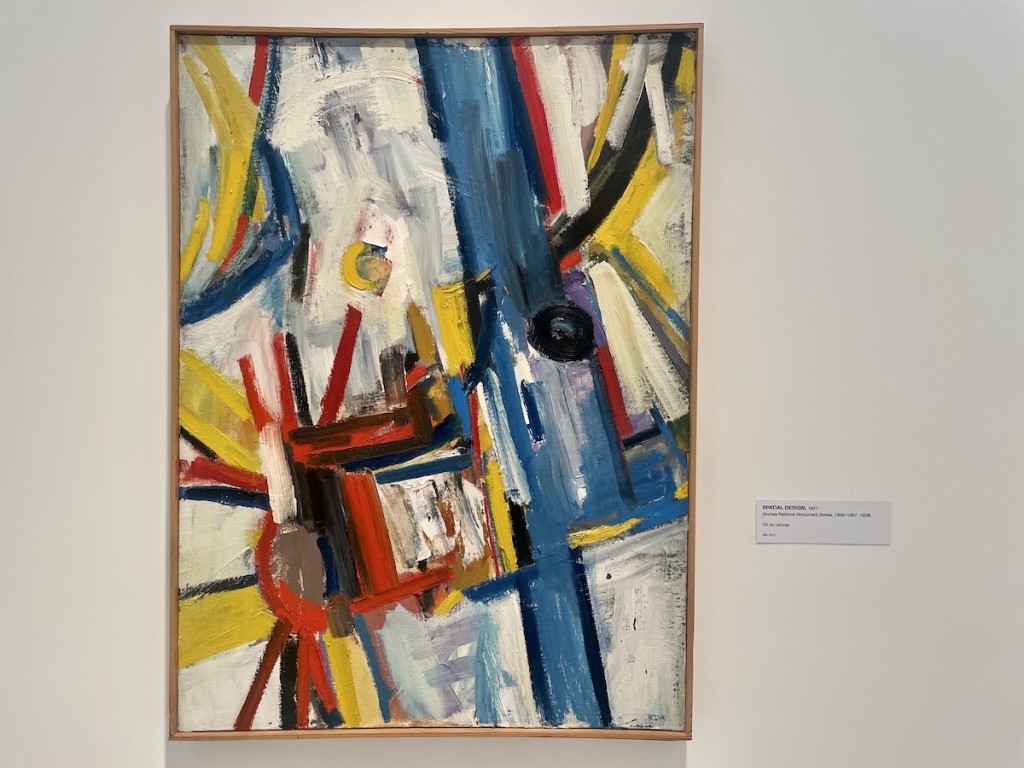
What are on your wish list of 2025 regarding artworks and your museum?
We launched a long-term art-sharing initiative with Art Bridges to bring more of Abbey’s artworks into circulation and share them with other communities. We welcome visiting art curators to the museum to deepen their understanding of Abbey’s life and artwork for research, exhibition, publication, and collection sharing. We are eager to broaden and enhance Abbey’s reputation.
What do you think are the key elements that determine the success of a private museum?
The success of a private museum relies on several key factors. First, it needs a caring and supportive team. Financial support, leadership, governance, innovative fundraising strategies, and community engagement are essential for its mission.
Strong planning and building partnerships with local institutions can enhance community involvement and visitor loyalty. Educational programs connecting with the public create valuable experiences that promote participation. Forging links with and developing the awareness of national and international art institutions must be pursued.
Lastly, focusing on environmental sustainability demonstrates a commitment to modern values, while standardized policies ensure smooth operations and overall success.
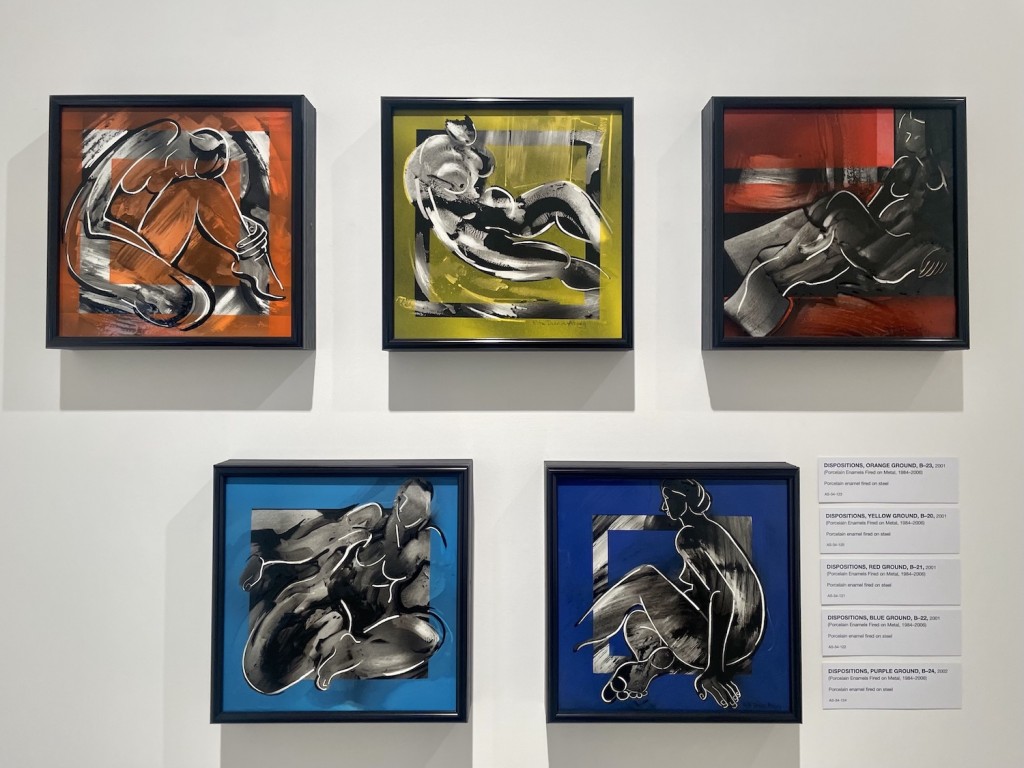
What are your visions for the museum in the next five and ten years?
Introducing Rita Deanin Abbey and her museum to the national and international art world is of paramount importance in both the short term and the long term.
In addition, we’re developing projects to enhance the experience at the museum. RDAAM is currently collaborating with an architectural firm to design an “Event Space” adjacent to the museum galleries and sculpture garden for educational activities, special events, and programs aligned with the museum’s mission. The goal is to create comfortable social spaces that invite visitors to meet and connect. We aim to provide a welcoming atmosphere that attracts visitors, encourages them to linger, and entices them to return—a gathering place for art, music, relaxation, entertainment, and refreshment.
Also, the RDAAM seeks to produce a dynamic and compelling documentary about the life and artwork of Rita Deanin Abbey, intended for national and international distribution at film festivals and related venues.
Converting the historical residence occupied by Rita Deanin Abbey and Robert Belliveau from 1984 to 2024 into a “House Museum” aims to enhance the understanding of Abbey’s life with her husband, Robert, and the home they shared, including her paintings, sculptures, library, personal furnishings, accessories, and the artifacts they collected as a couple. The museum will tell a compelling and personal story about their shared life.

Related: Rita Deanin Abbey Art Museum
Instagram: @ritadeaninabbey.museum





